Helene Jawhara Piner’s cookbook, Sephardi: Cooking the History, is unique. “It is not based on family recipes but on the history of the Jewish people from Spain, and by extension the Sephardim, from the thirteenth century to the present,” she writes.
Published by Cherry Orchard Books, an imprint of Academic Studies Press, this is a volume worthy of its distinctiveness.
The recipes in this unusual volume are derived from eclectic historical sources ranging from medieval cookbooks and literature to poetry and Inquisition trials. They are written in, among other languages, Spanish, Portuguese, Arabic and Hebrew.
Piner, an academic who holds a PhD degree in medieval and food history, is a research associate at the Center for Advanced Studies in the Renaissance in Tours, France.
“This book is the result of five years of doctoral research during which I analyzed more than two thousand different pieces of evidence from different sources,” she says. “For each food category, I include a brief introduction and some reflections on the evolution of the recipes and customs in the Sephardic diasporas. In doing so, I explain the importance of the Jewish holidays and the significance of religion in food and culinary practices.”
Lavishly-illustrated, it is divided into chapters such as Bread and Snacks, Vegetables and Eggs, Eggplants, Meat and Fish, Soups, and Desserts and Pastries.
The recipes are straight-forward and easy to follow:
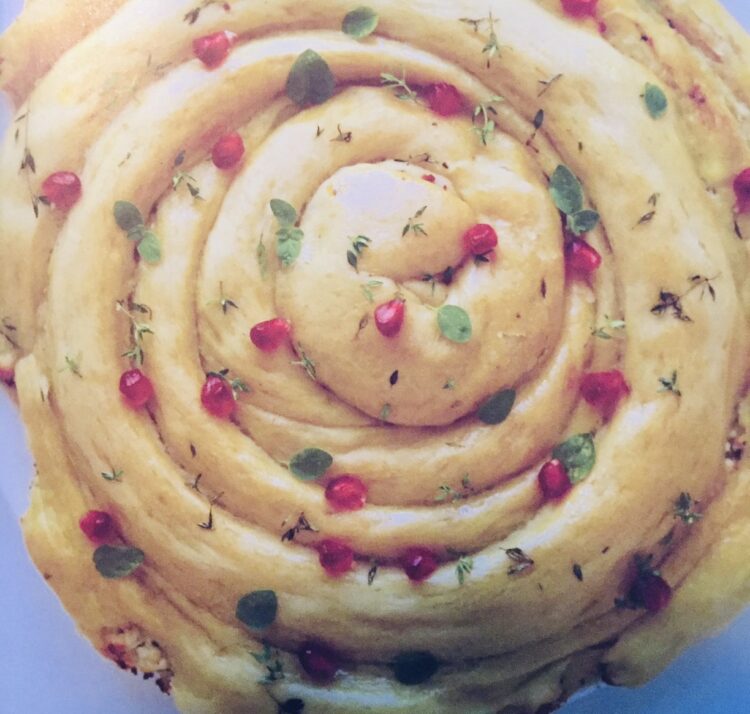
The Bread of the Seven Heavens, which likely represents Mount Sinai, is traditionally prepared during Shavuot. The dough of this round loaf is made of flour, semolina, yeast and water, with a sprinkling of salt. The stuffing consists of cheese, olive oil, garlic, mint and thyme.
Mufakhkhar, a bagel from Syria, is concocted from a variety of ingredients: lukewarm milk, egg whites and poppy, sesame, nigella and linseed seeds.
Peot, the braided Sephardi bread, inspired the East European challah, an icon of Ashkenazi cuisine.
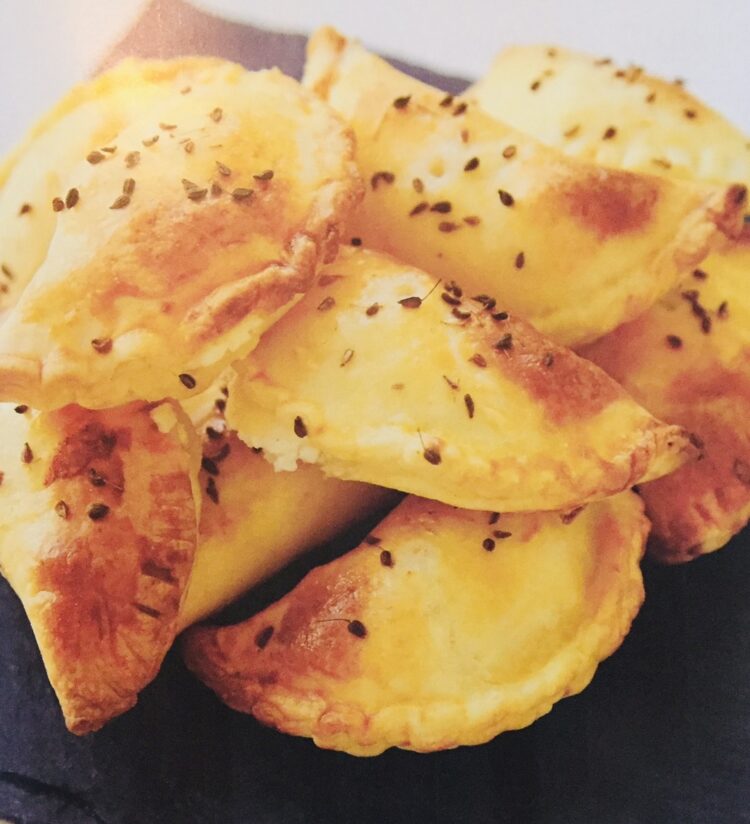
Mugabanna, or cheese pies, originated in the Spanish city of Toledo and migrated to the Ottoman Empire. Calentita, or chickpea flour cake, is flourless and dairy-free and is served during Passover.
Eggplant croquettes, redolent of garlic, cumin and grated cheese, is both a Jewish and a Muslim appetizer.
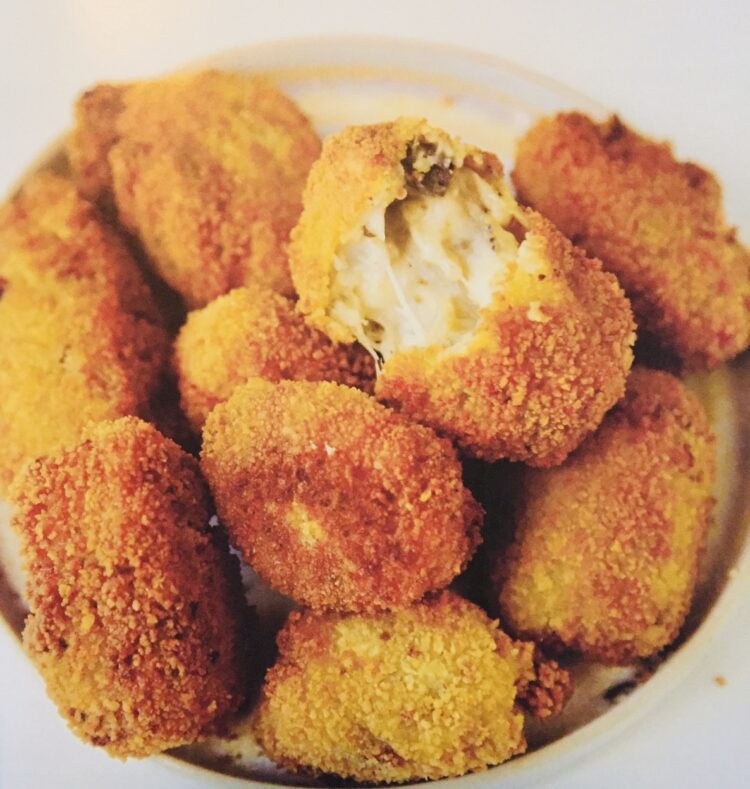
Adefina, a slow-cooked chickpea and beef stew steeped in spices and filled with dates and hard-boiled eggs, is cooked overnight. Oriza, a wheat grain and chicken stew, is a favorite of Moroccan Jews. Fidawish, a soup made of vermicelli noodles, tuna, saffron and mint, is also consumed by Jews from Morocco.
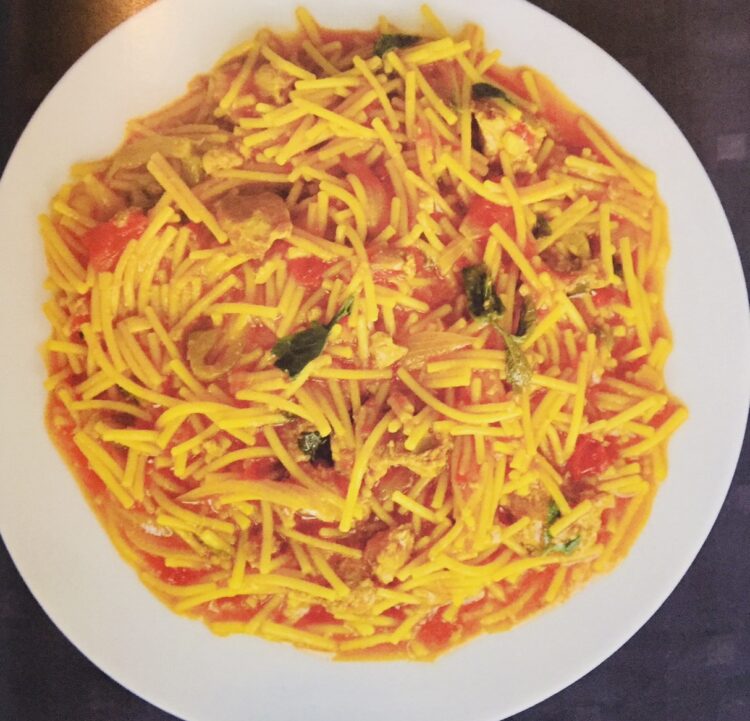
Muhallabiyye, or almond rice pudding, is a renowned dessert in the Middle East. Isfeng, an Andalusian donut, is consumed during Chanukah.

Berenjenas confitadas con canola, or candied eggplants with cinnamon, has travelled far and wide. Maimonides cake, baked with 12 egg whites, sugar, salt, lemon juice and zest and wheat starch, is coated with icing sugar and dipped in honey. Rose apple tart, perfect for Rosh Hashanah, is slathered with apples, chopped dates and ground almonds.
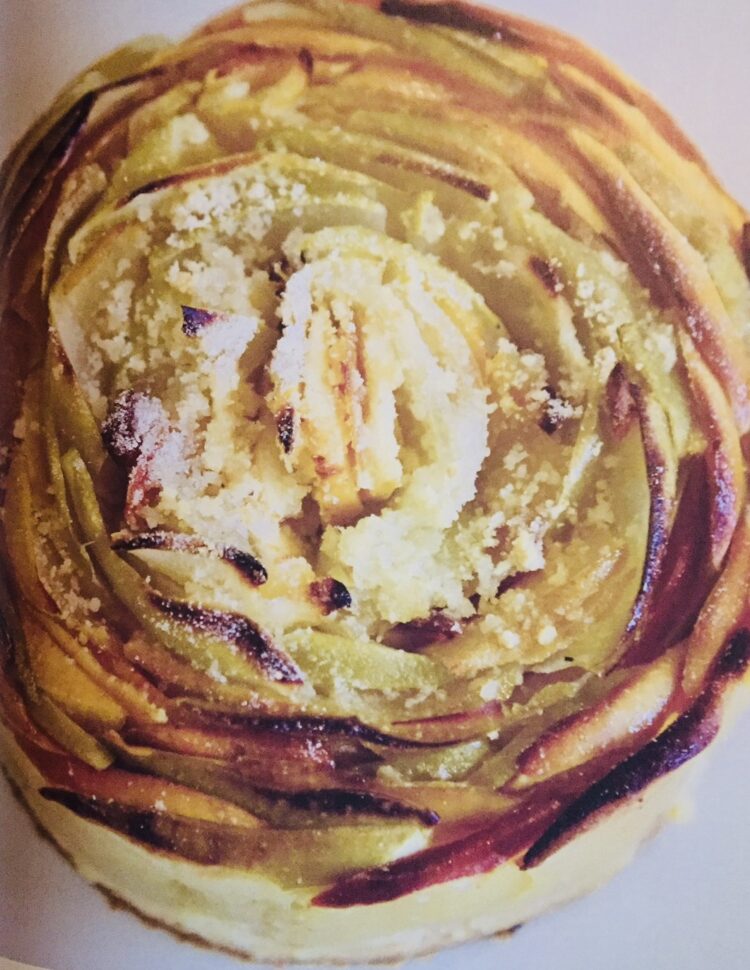
These are mouth-watering dishes that have passed the test of time and are still prepared in Sephardi households. Or as Piner writes, “It presents the Sephardim of the world as the best representatives and witnesses of a cuisine that continues to live and thrive today.”
